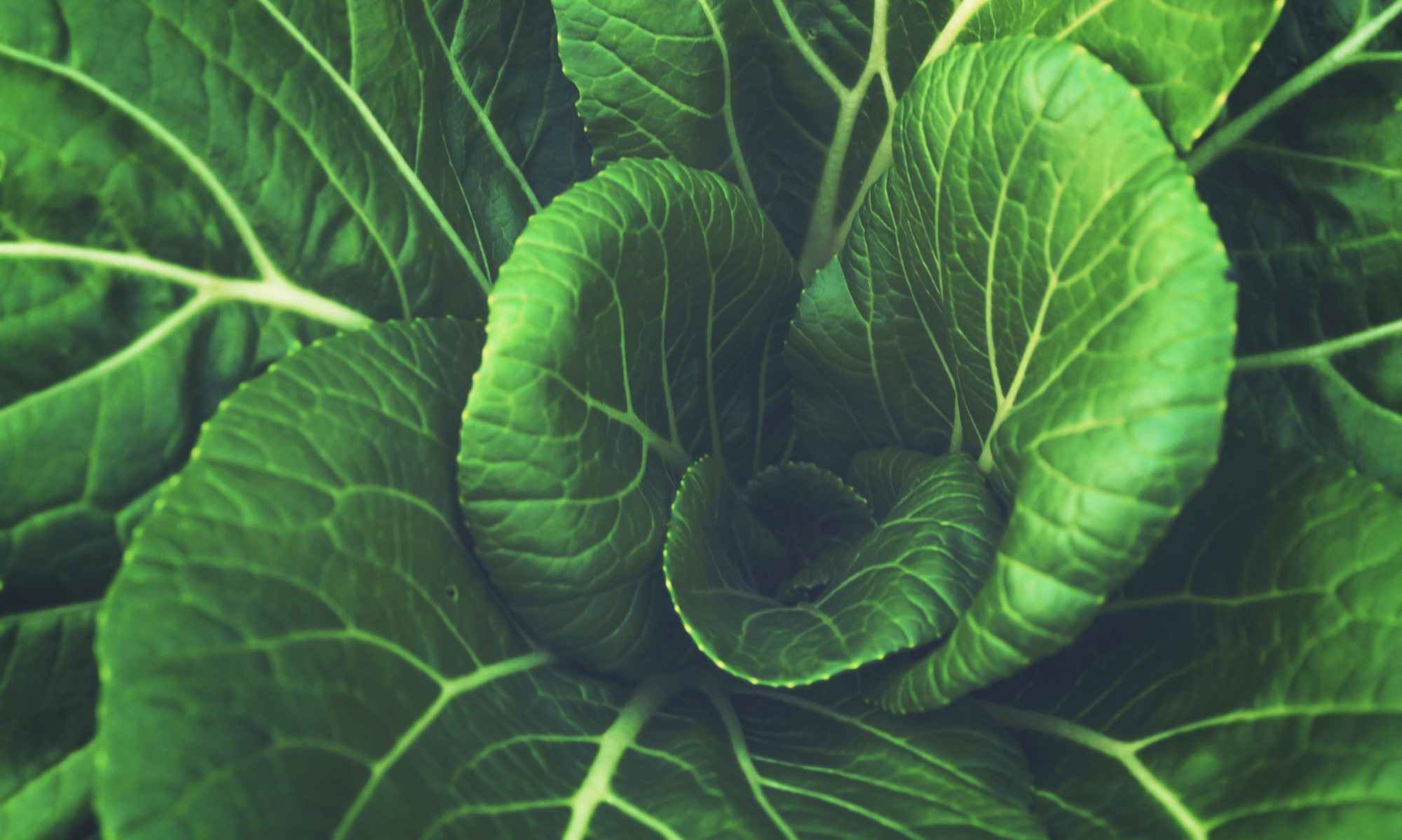Animal Domestication: An Essential Endeavor
You may notice how there are only a handful of animals that we have domesticated. For most people, the species they rely on for food can be counted on one hand. Why is our profile of animals lacking in diversity? The answer is similar to that of plants but begins with an unfortunate chain of events.
In the past, thousands of species of large mammals populated the world from woolly mammoths to cow sized kangaroos. For most of history, these animals were left alone. Sadly, this did not last.
When humans and other hominid species began to leave Africa in search of food, they were already incredibly skilled hunters. Every continent they expanded into was filled with animal life. Unlike in Africa, where animals evolved along with humans, these other animals had no evolutionary defense against human hunting. As a result, most mammals that could have been domesticated were wiped out before farming was ever an idea.
This entire process is just like roadkill. Animals that did not evolve to avoid high speed metal blocks are now in a brand new environment. Thus, it is not surprising that these animals often end up crushed under our shiny new vehicles.
By the time humans considered animal domestication, many viable species had been wiped out. However, animal domestication was still a large priority for our species. Besides macro-nutrients from meat and dairy, animals provided the first external source of power. Until animal domestication, the only powerful machines under human control were our own muscles. With animals ready to serve, countless human calories could be saved during both travelling and crop harvesting.



4 Replies to “Human Civilization: The Next Step Forward”
Comments are closed.